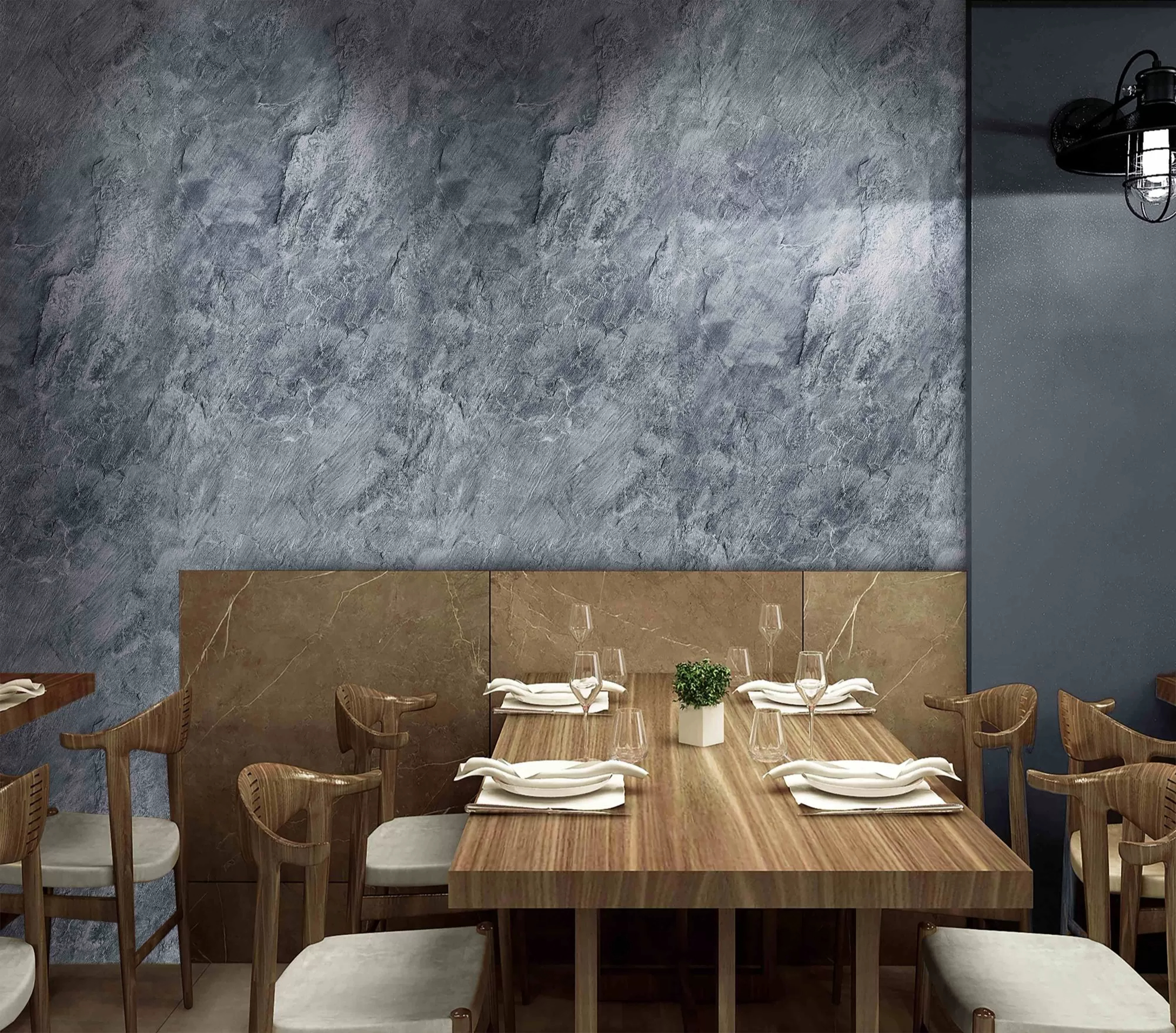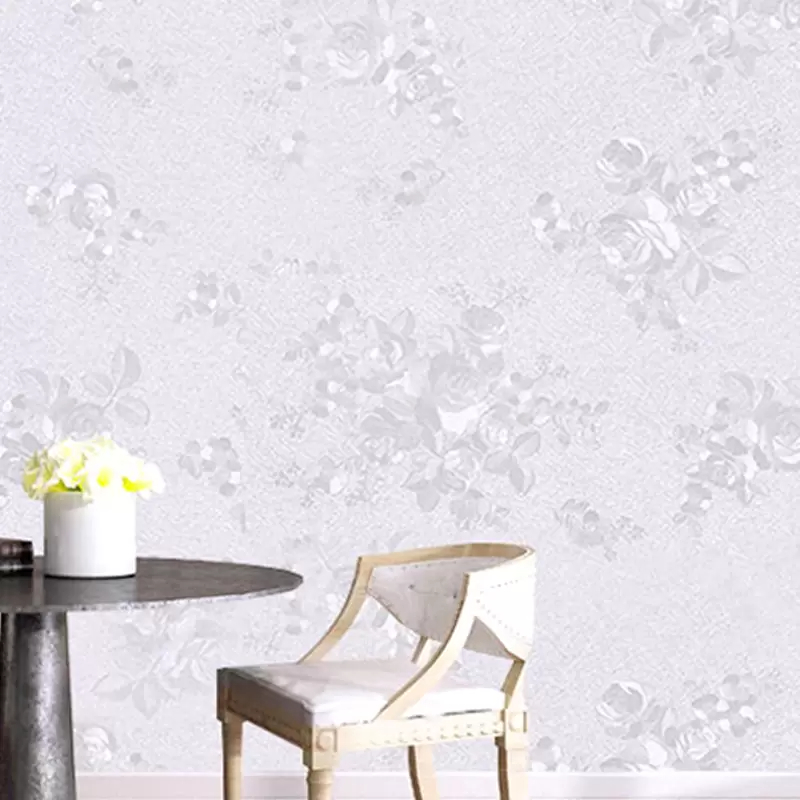News
HOW IS VINYL FLOORING MADE? AN IN-DEPTH REVIEW.
Whenever you are building a new home, you always need to start from the bottom and head up. What is the first thing that you notice when you head into someone’s room? Is it the flooring? Usually. Whether it is a bright carpet or embossed vinyl flooring, you can often judge someone’s sense of style from what type of flooring they have. Do they opt for style over substance? Are they looking for brighter colours to stand out or have they opted for grey vinyl flooring to style out their home? Here, we discuss how vinyl flooring is made, as it offers both style and substance, meaning it could be the ideal flooring type for you.
Varied and Affordable
Obviously, in an ideal world, we would all opt for a shiny, polished and hardwood floor in our living room, increasing the value of our home and really helping us to showcase our style. Furthermore, when it comes to other areas of the house like the kitchen and bathroom, people love authentic ceramic tiled flooring. These are obviously solutions for most, but they are not always affordable and not always practical. If you want to adapt your flooring to exactly how you want it and also want an affordable alternative to expensive wooden flooring, then you should consider vinyl flooring as a viable alternative.
Can you really cover your floor in plastic?
Yes, yes you can. Vinyl flooring is becoming more popular than ever, having been around for 40 odd years. People are attracted to vinyl flooring due to the low costs, the fact that it is easy to install, its low-maintenance and also its curiously high performance. It is not curious because we don’t think it is any good, but it’s more that people have reported that it is able to withstand huge volumes of traffic, and this was something that previously put a lot of people off.
Vinyl flooring, not plastic
When people ask about this type of flooring, they often turn their nose up at the idea of it being plastic. But it is not just plastic foil, it is vinyl flooring. Grey vinyl flooring is one of the more popular choices, despite the common misconception that it would appear bland and boring if you are trying to make a statement. There are a lot of things which are easy to misunderstand when it comes to flooring types, and that is why we would like you to take a clearer look at how vinyl flooring can help you. Once you have understood how it is made, you are more likely to see that this type of flooring could be a more suitable purchase for you rather than carpet or wooden flooring.
What’s good about how vinyl flooring is made?
Well, one of the best things about vinyl flooring is that it is easy to make and easy to install. Providing a relatively continuous covering, you will not experience the grout lines that often come about from ceramic kitchen tiles. From a personal point of view, entering a kitchen and seeing ceramic tiles with the grout lines is not always the most attractive view, but seeing slick, stylish and colourful vinyl tiles can be increasingly attractive. Vinyl flooring is made with a skinlike quality, leaving little to no maintenance required to keep your floor up and running.
The Basics of Vinyl Flooring
You’ve probably heard of Polyvinyl Chloride (PVC) and this is exactly what vinyl floors and tiles are made of. There are obviously additional compounds which are added to tailor the material’s characteristics, including colour, flexibility and also the sheen that attracts so many people to purchase this type of flooring.
As you would expect, vinyl floors contain a primary element and that is just a simple sheet of vinyl. To make this, as outlined in Instructables, people create a mixture which is then spread into a thin layer by a rolling process. From here, liquid plastic is formed and dried after being heated, making it more tough and durable.
Because of the way vinyl tiles and floors are made, Flooring Direct possess an ability to ensure that you can order certain measurements of flooring. Many people will often ask us if the colour and embossed decorative elements may wear away if there is a volume of heavy footfall constantly treading over it, but this is not always the case. They are extended through the vinyl tiles, meaning they do not wear away.
Thanks to its ability to be cut up and measured, this type of vinyl flooring is known as homogenous. Like wallpaper, the material and any decorative elements are the same from top to bottom, meaning they are easy to fit.
The advantages of choosing vinyl flooring
Although vinyl flooring has its advantages visually, there are other factors about the material which make it such a popular option. One of the keys to this is the printing technology and the fact that it has come so far that it makes it incredibly realistic. Some advancements mean that it will take a real expert to notice a big difference and understand which material it is.
Vinyl floors have the ability to be manipulated into images of stone, tile and even brick, and some flooring manufacturers will give you the option to choose wooden lookalike vinyl tiles. Colour is also often added to certain flooring types, making it more realistic. This type of printing is known as Rotogravure printing: a rotary process that helps to imprint realistic images onto the floors.






